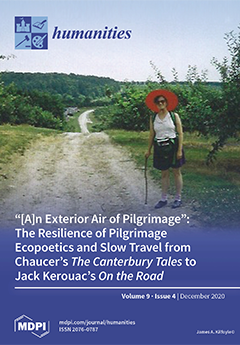Miguel de Cervantes’
Don Quixote de la Mancha, one of the most translated works of literature, has seen over twenty different English translations in the 406 years since its first translation. Some translators remain more faithful than others. In a world where there should be an erasure of the lines that separate cultures, the lines are, in fact, deepening. John Felstiner explains in his book,
Translating Neruda: The Way to Macchu Picchu, that “a translation converts strangeness into likeness, and yet in doing so may bring home to us the strangeness of the original... Doing without translations, then, might confine us to a kind of solipsistic cultural prison” (Felstiner 5). By looking at translations of
Don Quixote de la Mancha, this paper examines how the inaccuracies and misrepresentations by translators deepen the lines that divide cultures. Textual edits are made, plots are altered, and additions are made to the text. These differences might seem inconsequential to the reader, but the reverberations of such changes have tremendous consequences. While there may not be a perfect translation, editors and translators must aim towards that objective. Instead, the translators appropriate the work, often styling or rewriting it in order to mold it to fit their own visions of what the work should be. Thus,
Don Quixote lives on through translation and is lost due to being an unwitting and unwilling participant of malpractice. The only way to bridge cultures is for the translator responsibly to present readers with translations that stay true to the original. By doing so, readers can be more empathetic towards cultures unfamiliar to them, and only then can we truly have an understanding of others.
Full article





